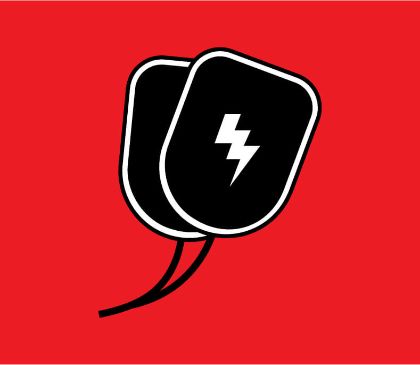Cardiac Arrest Could Happen Anywhere, Is An AED Available Near You?
- Aug 20, 2018

As the majority age of the population is on the rise, so are health related illnesses and major health events.
According to the American Heart Association (AHA), the average annual rates of first cardiovascular events rise from 3 per 1000 men at 35 to 44 years of age to 74 per 1000 men at 85 to 94 years of age. For women, comparable rates occur 10 years later in life, but the gap narrows with advancing age. About 66% of cardiovascular disease deaths occur in people age 75 and older.
With these facts in mind, the timing of one of these events is unknown. Having a readily available AED in all public establishments could be the key to saving a life. Portable AEDs enable more people to respond to a medical emergency that requires defibrillation. The AHA states that when a person suffers from Sudden Cardiac Arrest (SCA), their chance of survival decreases by 7% to 10% for each minute that passes without defibrillation.
When AED units are readily available, a bystander can identify the person in need, their current symptoms and will then be able to carry out the necessary steps in using an AED and/or CPR.
Providing AEDs in public facilities ensures that a greater number of people in the mass community can respond to an SCA event, which will greatly increase cardiac arrest survival rates. AEDs save lives. Time is of the essence with sudden cardiac arrest, why not have the public ready to assist in this life saving event?







 CALL US:
CALL US: